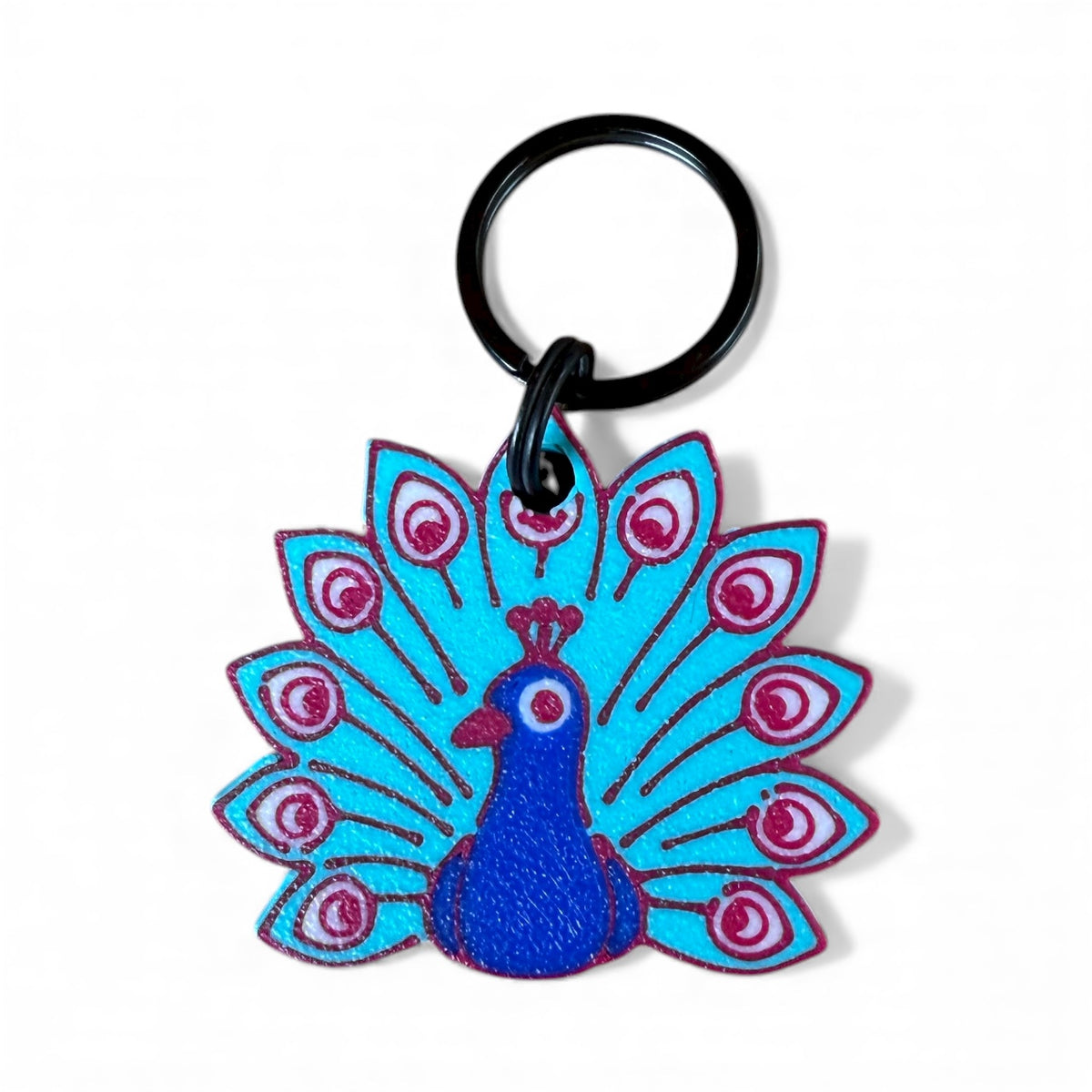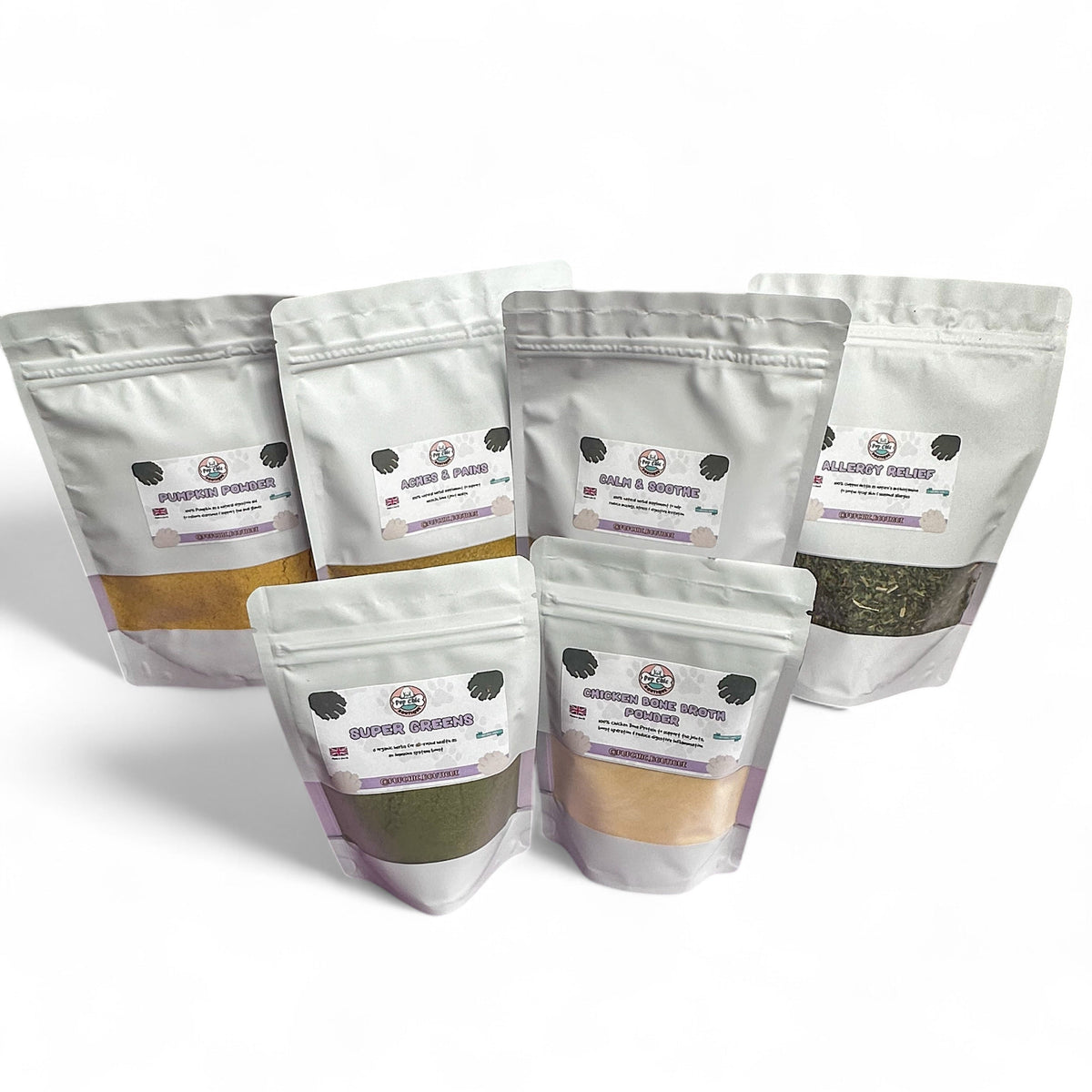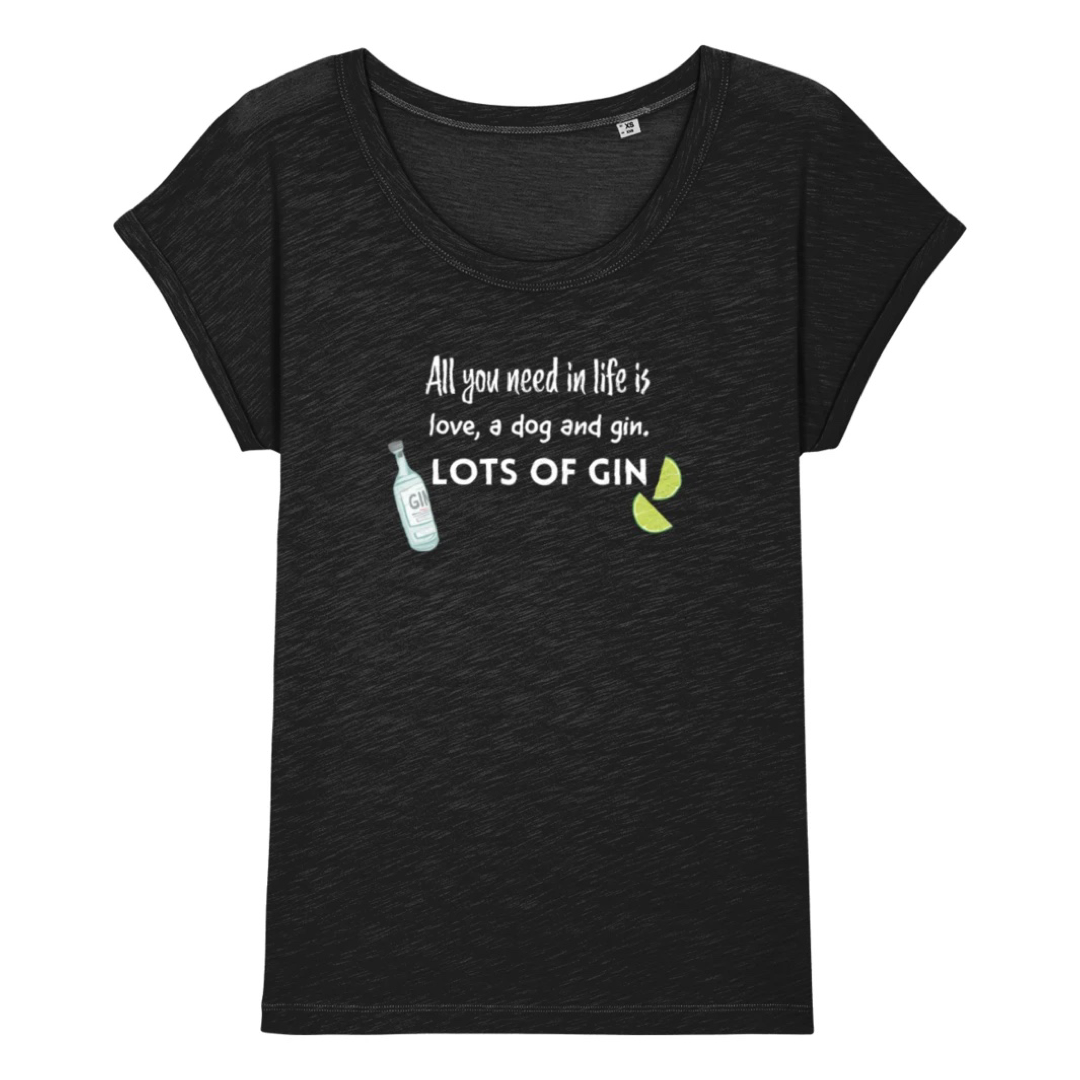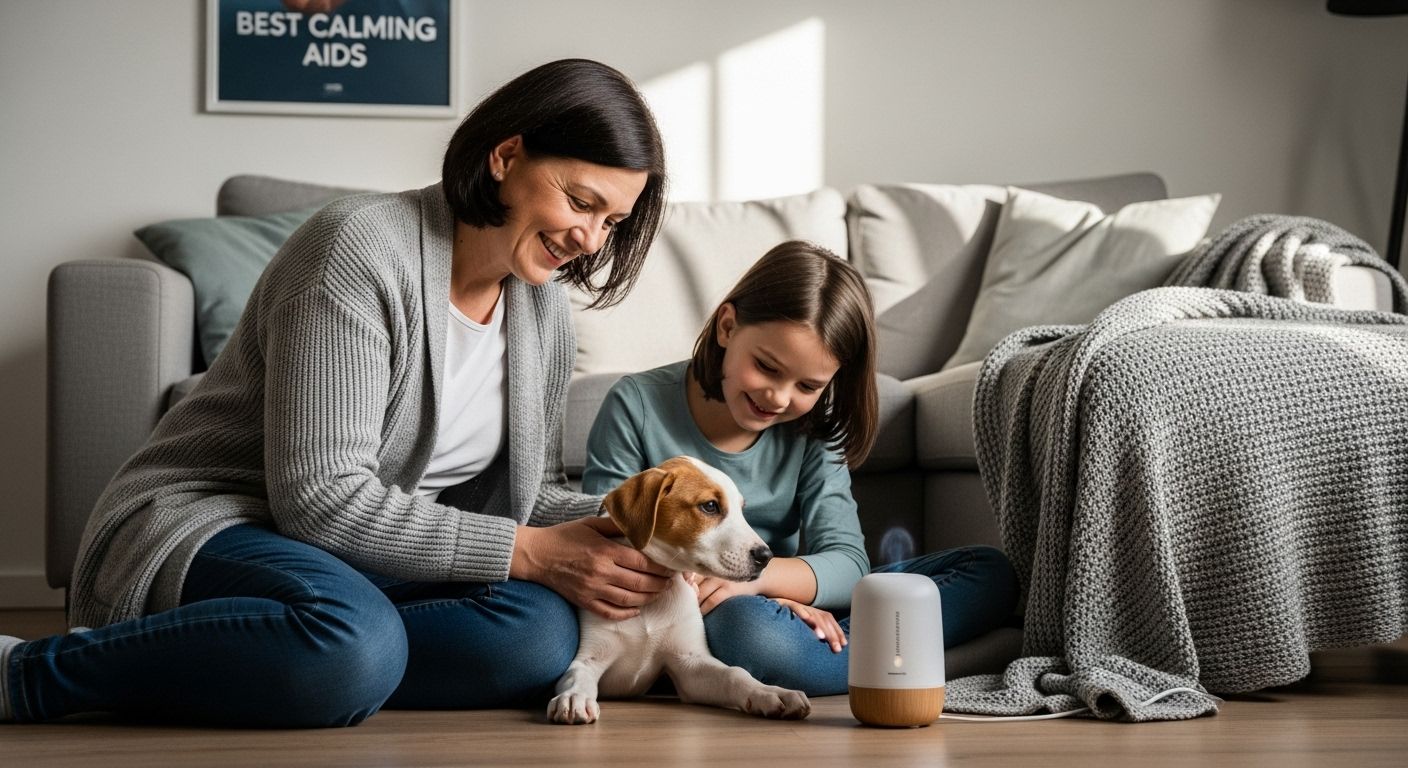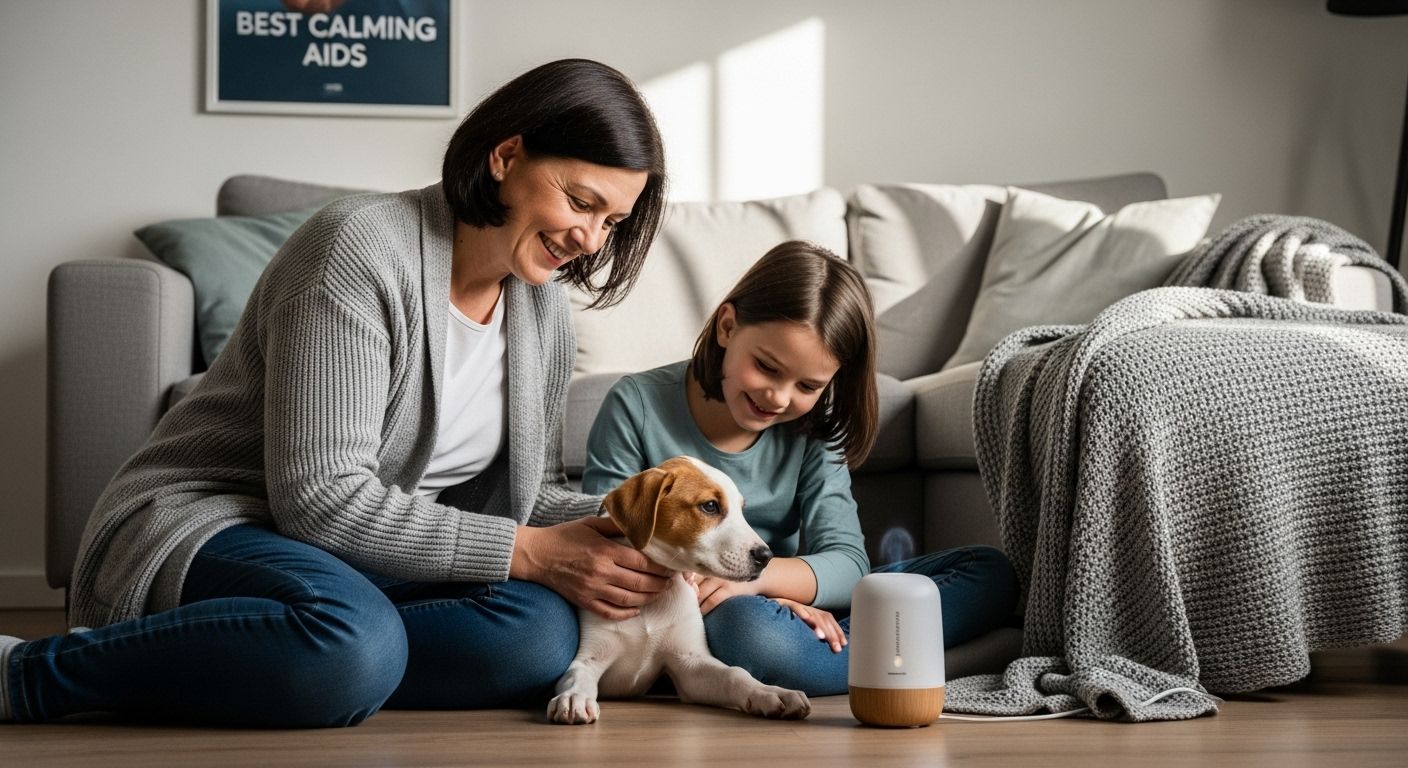
Puppy anxiety can turn even the happiest home into a scene of sleepless nights and chewed-up shoes. It might surprise you that over half of UK dogs experience anxiety-related behaviours as puppies. But what most owners miss is that the endless array of calming aids on shop shelves is only part of the answer. The real difference lies in picking interventions that fit your puppy’s own personality and emotional needs.
Table of Contents
Quick Summary
| Takeaway | Explanation |
| Recognise puppy anxiety signals early | Identify behaviours like excessive panting or destructiveness to address anxiety promptly. |
| Utilise pheromone-based calming products | Pheromone diffusers mimic natural calming scents, providing an effective non-drug anxiety solution. |
| Consult a veterinarian for tailored advice | Professional guidance ensures you choose safe, appropriate calming aids based on your puppy’s specific needs. |
| Monitor your puppy’s response to aids | Observe changes in behaviour to evaluate the effectiveness of implemented calming strategies. |
| Combine calming aids with positive reinforcement | Integrate aids into a broader strategy of consistent routines and positive training for best results. |
Understanding Puppy Anxiety and Stress
Puppies are sensitive creatures with complex emotional landscapes that can easily become overwhelmed by new experiences and environmental changes. Anxiety in young dogs is more than just a temporary reaction it represents a significant challenge that can impact their long-term behavioral development and overall well-being.
The Science Behind Puppy Stress
Research published in the journal Animals reveals that anxiety-related disorders are among the most common behavioral problems encountered in young dogs. These disorders stem from multiple potential sources including genetic predisposition, limited early socialization experiences, sudden routine disruptions, and previous negative interactions.
Puppies are particularly vulnerable during their critical developmental windows between 8 and 16 weeks. During this period, their brains are rapidly forming neural connections that shape their future emotional responses. Stressful experiences during this time can create lasting psychological impacts, potentially leading to long-term anxiety manifestations.
Recognising Anxiety Signals
Identifying anxiety in puppies requires careful observation of both subtle and overt behavioral signals. Physical indicators might include excessive panting, trembling, tucked tail, pinned back ears, or avoiding eye contact. Behavioral signs could range from destructive chewing and inappropriate toileting to unexpected aggression or extreme clinginess.
Veterinary behavioural experts suggest that puppies experiencing chronic stress might display reduced appetite, decreased playfulness, and heightened startle responses. These symptoms indicate that the puppy is struggling to feel secure in their environment.
Building Emotional Resilience
Addressing puppy anxiety is not about eliminating all potential stressors but helping them develop healthy coping mechanisms. This involves creating predictable routines, providing positive socialization experiences, and using gentle, consistent training approaches.
Calming aids for puppies play a crucial role in this process. Whether through natural supplements, pheromone diffusers, or specialized training techniques, these interventions can help young dogs navigate their emotional challenges more effectively. The goal is to build their confidence gradually, allowing them to develop emotional resilience that will serve them throughout their lives.
Understanding that each puppy is unique is paramount. What triggers anxiety in one dog might be inconsequential to another. Patient, empathetic approaches that respect the individual personality of your puppy will yield the most successful outcomes in managing their stress and supporting their emotional growth.
Types of Calming Aids for Puppies
Navigating the world of calming aids for puppies can feel overwhelming for new dog owners. With numerous options available, understanding the different types of interventions can help you select the most appropriate support for your furry friend’s emotional well-being.
To help you compare the different categories of calming aids mentioned, here’s a table outlining their key features and use cases:
| Calming Aid Type | Example Formats | Key Features | Best Use Cases |
| Pheromone-Based | Diffuser, Spray, Collar | Mimics mother dog’s calming chemical; scentless | Home environments, general anxiety |
| Pressure/Comfort Aids | Anxiety wrap, Thundershirt | Gentle, constant torso pressure; wearable | Thunderstorms, fireworks, new environments |
| Nutritional/Supplemental | Chew treats, Tablets | Natural calming ingredients; gentle effect | Situational stress, mild anxiety |
Pheromone-Based Interventions
Research published in the journal Animals highlights the effectiveness of pheromone-based products as a non-pharmacological approach to managing puppy anxiety. Dog-appeasing pheromones (DAP) mimic the natural calming chemicals produced by mother dogs when nursing their puppies. These synthetic versions are available in multiple formats including diffusers, sprays, and collars.
Diffusers work particularly well in home environments, releasing constant calming signals that can help reduce stress-related behaviors. Veterinary behavioural specialists recommend placing these devices in areas where puppies spend most of their time, such as their sleeping or play zones.
Pressure and Comfort Aids
Anxiety wraps and thundershirts represent another innovative category of calming aids for puppies. These garments apply gentle, consistent pressure around the puppy’s torso, creating a sensation similar to swaddling an infant. The targeted compression can help reduce anxiety by providing a sense of security and minimizing the physiological stress response.
These wearable solutions are particularly useful during specific stress-inducing situations like thunderstorms, fireworks, or when introducing puppies to new environments. Some puppies respond remarkably well to this type of physical comfort, showing reduced signs of anxiety and increased relaxation.
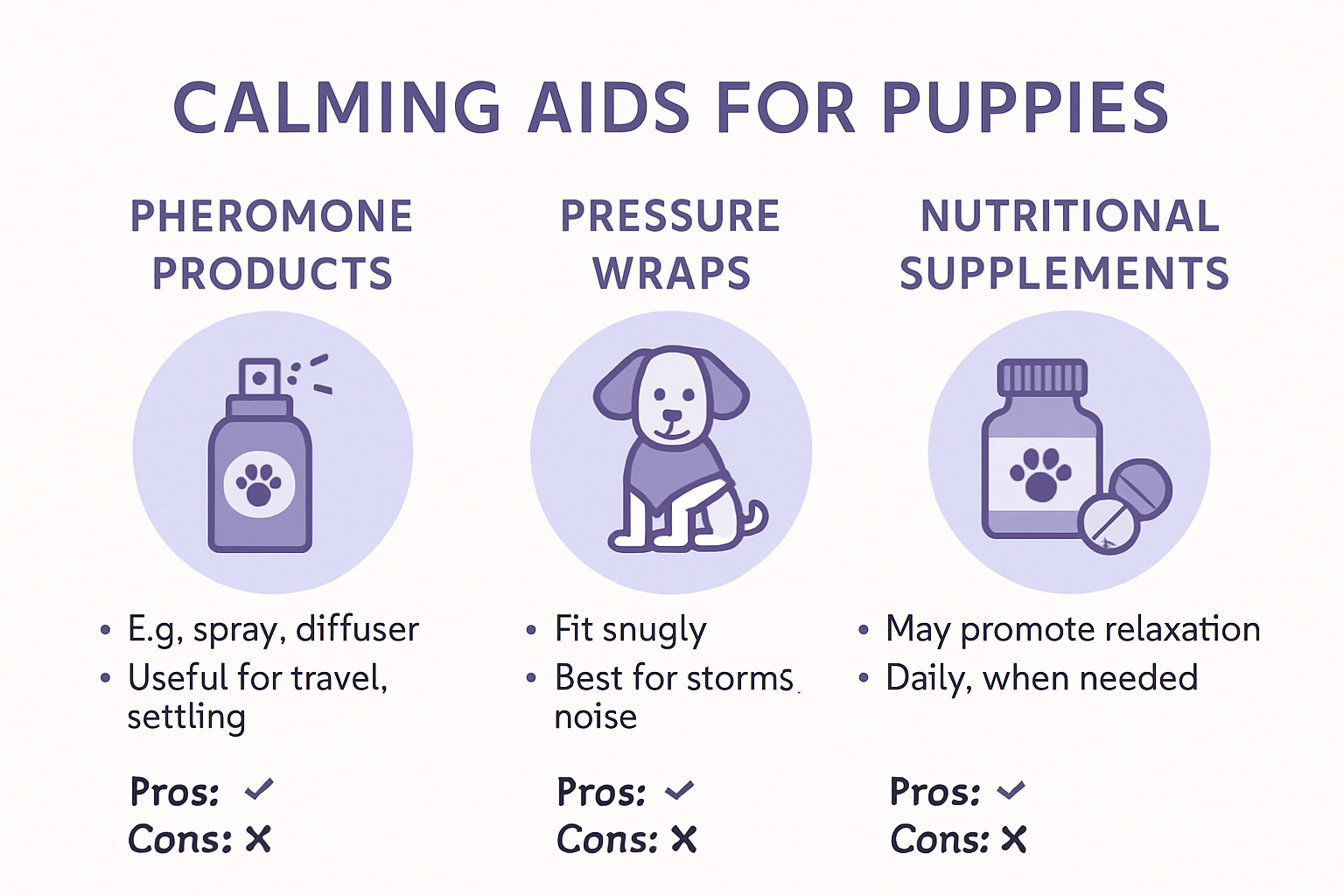
Nutritional and Supplemental Support
Nutraceuticals and specialized dietary supplements offer another avenue for supporting puppy emotional health. These products often contain natural ingredients known for their calming properties, such as chamomile, L-theanine, valerian root, and magnesium. Unlike pharmaceutical interventions, these supplements work gently to promote relaxation without causing drowsiness.
It is crucial to consult with a veterinarian before introducing any new supplements to your puppy’s diet. Each puppy has unique nutritional needs, and professional guidance ensures you select the most appropriate calming aid. Some supplements come in chewable treats, making administration both easy and potentially enjoyable for your puppy.
Choosing the right calming aid requires patience, observation, and sometimes a bit of trial and error. What works brilliantly for one puppy might not be as effective for another. Monitoring your puppy’s response and being willing to adjust your approach is key to finding the most suitable support for their emotional well-being.
At Pup Chic we have a powerful calming supplement packed with 10 natural ingredients. I launched this product because I had tried EVERYTHING on the market for my toy poodle who has separation anxiety (she was my lockdown puppy so didn’t get the same socialisation as the others at the vital stage in her life), nothing worked unless I combined them. This Calm & Soothe supplement has ingredients such as valerian root, chamomile flowers, passion flower, vervain herb, lemon balm and ashwagandha, all of which are known to calm your dog’s mind, body and soul.
How to Choose the Right Calming Aid
Selecting the most appropriate calming aid for your puppy requires a thoughtful and systematic approach. Not all anxiety solutions work universally, and what proves effective for one puppy might be ineffective for another. Understanding how to evaluate and choose the right intervention is crucial for supporting your puppy’s emotional well-being.
Assessing Your Puppy’s Specific Anxiety Triggers
Research from the journal Animals emphasizes the importance of tailoring anxiety management strategies to the individual dog’s specific needs. Before selecting a calming aid, carefully observe and document the situations that provoke anxiety in your puppy. These might include loud noises, separation from owners, new environments, or specific social interactions.
Keep a detailed diary tracking anxiety episodes. Note the context, duration, intensity of the reaction, and any potential triggers. This documentation will help you and your veterinarian identify patterns and select the most appropriate intervention. Some puppies might require a multi-faceted approach combining different calming techniques.
Consulting Professional Guidance
Veterinary consultation is an essential step in choosing the right calming aid. Canine behaviour experts recommend professional assessment to rule out underlying medical conditions that might be contributing to anxiety. A veterinarian can provide personalized recommendations based on your puppy’s age, breed, health history, and specific stress responses.
Professional guidance helps distinguish between temporary situational anxiety and more complex behavioural issues. They can also advise on the potential interactions between calming aids and any existing medications or health conditions. This expert input prevents inappropriate or potentially harmful interventions.
Evaluating and Monitoring Effectiveness
Choosing a calming aid is not a one-time decision but an ongoing process of observation and adjustment. Start with the least invasive options, such as pheromone diffusers or gentle pressure wraps. Introduce new interventions gradually and monitor your puppy’s response carefully.
Look for subtle changes in behavior that indicate reduced stress levels. These might include more relaxed body language, improved sleep patterns, decreased destructive behaviors, and increased willingness to engage in play or training. Be patient and consistent, understanding that some aids might take several weeks to show noticeable effects.
Remember that no single calming aid is a magical solution. The most effective approach combines multiple strategies: environmental management, positive training techniques, consistent routines, and targeted calming interventions. Your commitment to understanding and supporting your puppy’s emotional health is the most powerful tool in helping them develop confidence and resilience.
Safe Use and Tips for UK Puppy Owners
Navigating the world of calming aids requires careful consideration and responsible implementation. UK puppy owners must approach anxiety management with a balanced, informed strategy that prioritizes their puppy’s safety and well-being.
Understanding Dosage and Administration
Clinical research published in veterinary journals highlights the critical importance of proper dosage and administration when using calming aids. Not all products are created equal, and what works for one puppy might be inappropriate for another.
Before introducing any calming supplement or intervention, always consult with a registered veterinary professional. They can provide tailored advice based on your puppy’s specific health profile, age, breed, and individual stress responses. Weight-based dosing is crucial, and generic recommendations can potentially cause more harm than good.
Safety Precautions and Potential Risks
Research from McGill University’s Office for Science and Society cautions against assuming all over-the-counter calming products are inherently safe. Some nutraceuticals and supplements may interact with existing medications or have unexpected side effects.
Key safety considerations include:
-
Always read product labels thoroughly
-
Check ingredient lists for potential allergens
-
Start with the lowest recommended dose
-
Monitor your puppy closely after introducing a new calming aid
Here’s a concise safety checklist to follow when using calming aids for your puppy, as highlighted throughout the article:
| Safety Step | Complete? |
| Read product labels thoroughly | |
| Check ingredient lists for potential allergens | |
| Consult a veterinarian before introducing new supplements | |
| Start with the lowest recommended dose | |
| Monitor for adverse reactions after introducing a product | |
| Discontinue use if reactions occur and seek veterinary advice |
- Discontinue use and consult a veterinarian if any adverse reactions occur
Complementary Strategies for Anxiety Management
A triple-blinded study on dog-appeasing pheromones demonstrated that calming interventions work best when combined with comprehensive behavioral support. This means integrating calming aids with positive training techniques, consistent routines, and gradual exposure to potential stress triggers.
UK puppy owners should focus on creating a holistic approach to anxiety management. This includes establishing predictable daily routines, providing plenty of mental and physical stimulation, and creating a safe, comfortable home environment. Calming aids should be viewed as one component of a broader strategy for supporting your puppy’s emotional well-being.
Remember that patience and consistency are key. Every puppy is unique, and finding the right combination of interventions takes time. Be prepared to adapt your approach, remain observant of your puppy’s responses, and always prioritize their individual needs and comfort.
Frequently Asked Questions
What are the signs of anxiety in puppies?
Puppy anxiety can manifest through several signs, including excessive panting, trembling, a tucked tail, pinned back ears, destructive behaviours, and clinginess. It’s crucial to observe these behaviours to address anxiety promptly.
How do pheromone-based calming aids work for puppies?
Pheromone-based calming aids mimic the natural comforting chemicals released by mother dogs. They are available in various forms like diffusers and collars, creating a calming environment for puppies and helping reduce anxiety-related behaviours.
Are nutritional supplements effective for managing puppy anxiety?
Yes, nutritional supplements can be effective as they often contain natural calming ingredients such as chamomile and L-theanine. These aids promote relaxation without causing drowsiness, but it’s essential to consult a vet before using any supplements.
How can I choose the right calming aid for my puppy?
To choose the right calming aid, assess your puppy’s specific anxiety triggers, consult with a veterinarian for tailored advice, and monitor your puppy’s response to different aids. A combined approach of various strategies is often most effective.
Give Your Puppy the Calm and Comfort They Deserve
If you find yourself worried about sleepless nights, anxious behaviours or your puppy struggling to settle, you are not alone. Many owners feel frustrated as they try to address everything from chewed-up shoes to constant panting. At Pup Chic Boutique, we understand the genuine stress that comes from soothing an anxious puppy and have crafted solutions inspired by real customers like you. Our range of natural calming treats and supplements can be the gentle support your puppy needs, fitting seamlessly alongside pheromone aids and positive training routines discussed in this article.
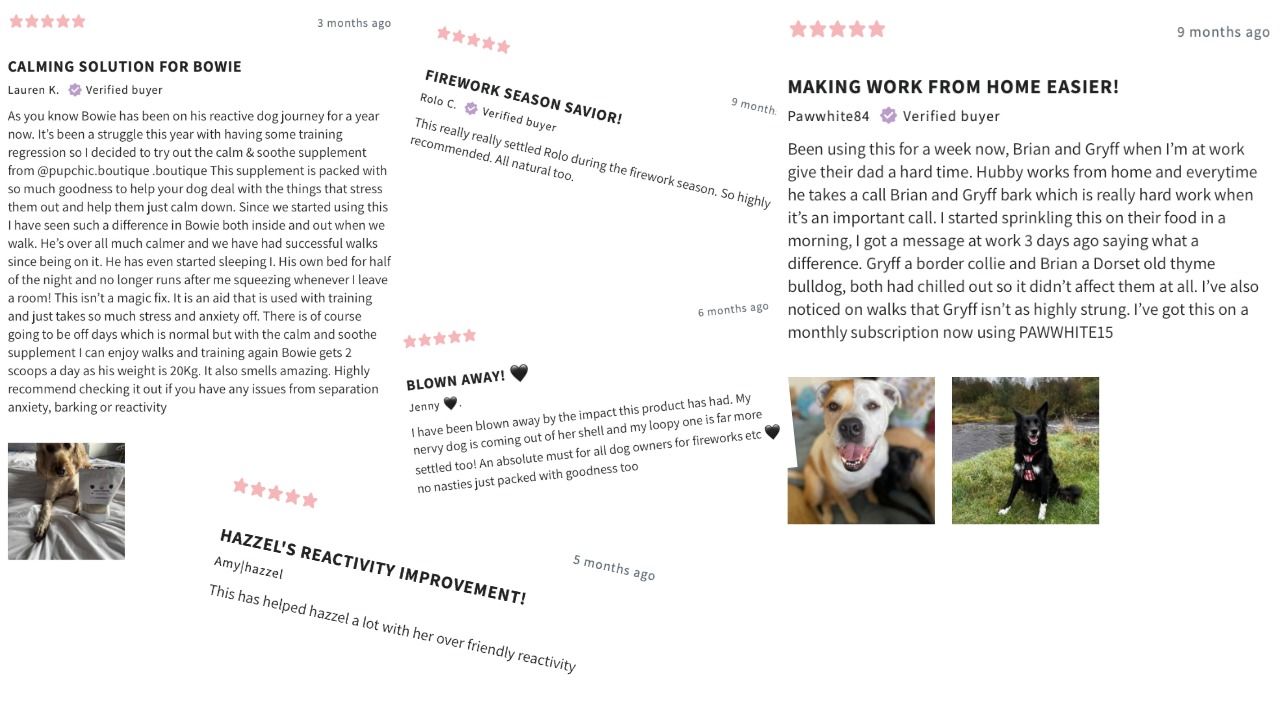
Imagine your puppy enjoying a relaxing evening, snuggled in a comfortable harness or calming dog apparel made just for them. Do not wait for stress to become an ongoing problem. Visit Pup Chic Boutique today and discover solutions tailored to your unique puppy, designed so every dog mum can breathe a sigh of relief and every puppy can thrive. Start making a positive change now.
Recommended
-
The Ultimate Guide to Comfort and Safety: Adjustable Harnesses for Ner – Pup Chic Boutique
-
Puppy Teething Advice: Tips, Timeline & Soothing Solutions I Pup Chic – Pup Chic Boutique
-
Best Collars for Puppies UK Guide 2025: Safe & Stylish Choices – Pup Chic Boutique
-
Which Puppy is Right for You? Take the Quiz to Find Out! – Pup Chic Boutique
-
[
How to Care for Puppies: Expert Tips for Safe, Happy Dogs in 2025
– iPupPee](https://ipuppee.com/blogs/news/how-to-care-for-puppies-expert-tips-2025)
